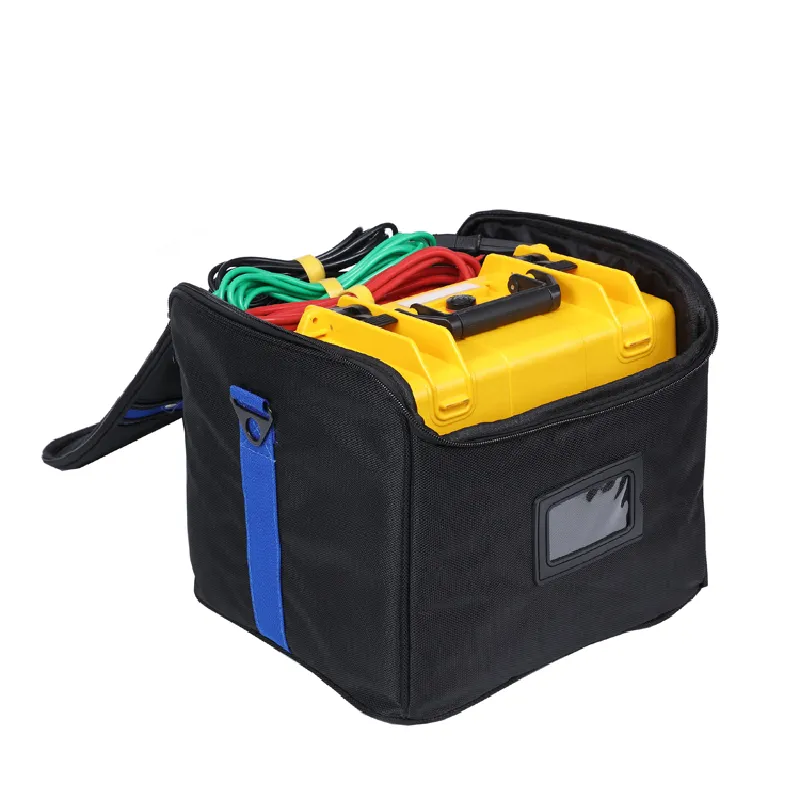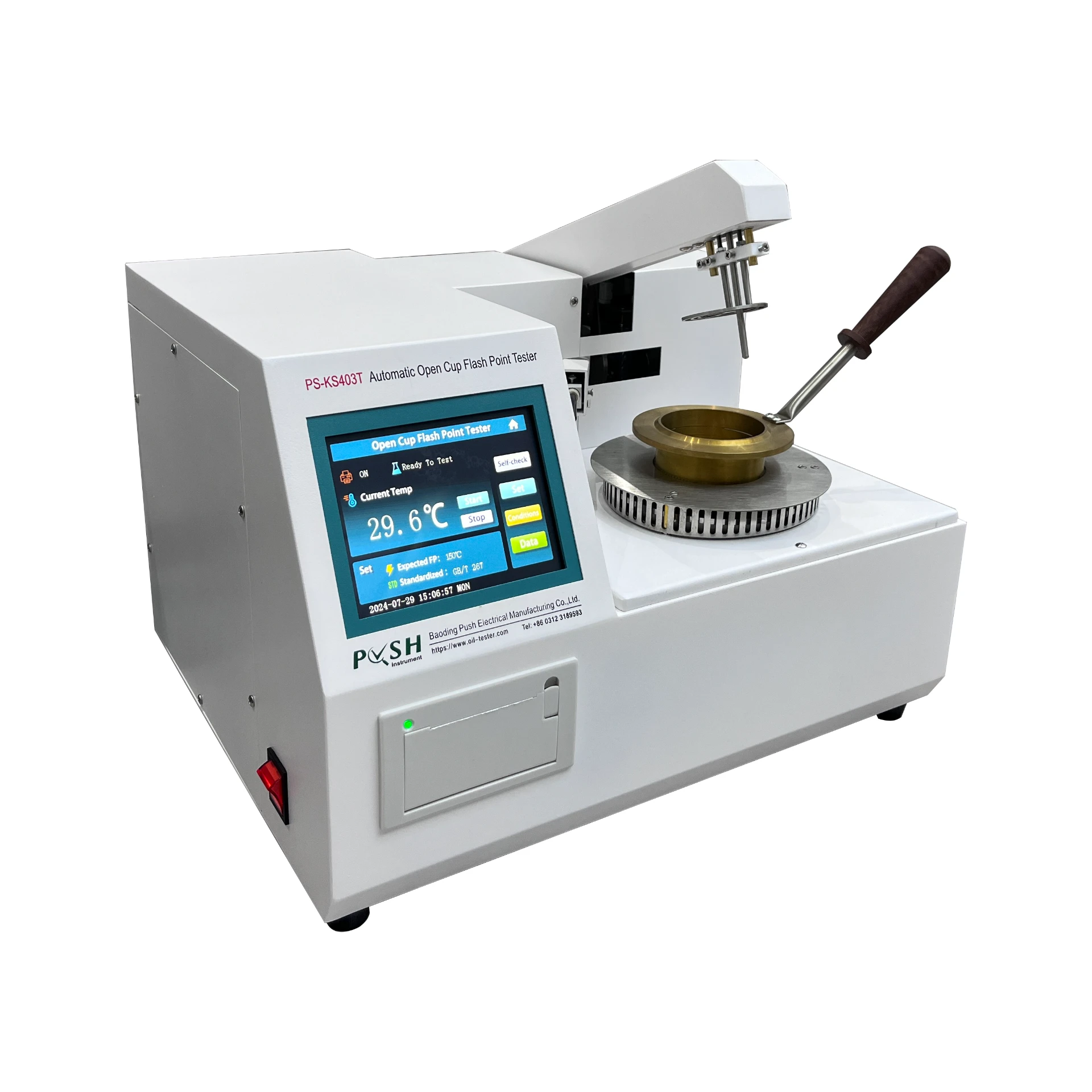TEL:
+86-0312-3189593
 English
English

Telephone:0312-3189593

Email:sales@oil-tester.com
2 月 . 15, 2025 05:00
Back to list
tests on current transformer
Understanding current transformers (CTs) and effectively conducting tests on them is crucial for both ensuring their accuracy and prolonging their operational life. A current transformer is a type of transformer that is used to reduce or multiply alternating current (AC). These are essential components in electrical systems, widely used for measuring current and protecting electrical equipment.
4. Insulation Resistance Test This test ensures the insulation integrity between the windings and between the windings and metal parts. It involves applying a high DC voltage across different parts of the CT and measuring the resistance. Low insulation resistance values are indicative of potential faults or water ingress, leading to dielectric breakdown or short circuits. 5. Burden Test Conducted to ensure the CT operates effectively under expected load conditions, the burden test measures the impact of the connected load on CT accuracy. By varying the burden (the impedance that the CT output is working against) and observing the CT performance, operators can ensure the CT functions correctly under real-world conditions. 6. Dielectric Withstand Test (Hi-Pot Test) This test assesses the CT's capability to withstand over-voltages that may occur due to transients. It involves applying an AC or DC high voltage to the CT and monitoring for breakdown or electrical discharge. The test ensures that the CT can handle voltage spikes without compromising on safety or operational reliability. When conducting these tests, prioritizing safety is paramount. Proper safety gear, insulation mats, and adherence to standard safety guidelines reduce the risk of injury or equipment damage. Equally vital is ensuring all testing equipment is regularly calibrated for accuracy. An essential component of these tests lies in issuing a comprehensive report detailing the test results, observations, and recommendations for maintenance or corrective actions if necessary. This approach not only reinforces trust but also positions you as a responsible and authoritative entity in the industry. Continuous advancements in technology call for ongoing learning and adaptation to new methods of testing and equipment, ensuring that your expertise remains relevant and your practices reliable. As a cornerstone of the electrical grid, understanding how to conduct effective tests on current transformers is an invaluable skill that enhances operational safety, efficiency, and reliability across electrical systems.


4. Insulation Resistance Test This test ensures the insulation integrity between the windings and between the windings and metal parts. It involves applying a high DC voltage across different parts of the CT and measuring the resistance. Low insulation resistance values are indicative of potential faults or water ingress, leading to dielectric breakdown or short circuits. 5. Burden Test Conducted to ensure the CT operates effectively under expected load conditions, the burden test measures the impact of the connected load on CT accuracy. By varying the burden (the impedance that the CT output is working against) and observing the CT performance, operators can ensure the CT functions correctly under real-world conditions. 6. Dielectric Withstand Test (Hi-Pot Test) This test assesses the CT's capability to withstand over-voltages that may occur due to transients. It involves applying an AC or DC high voltage to the CT and monitoring for breakdown or electrical discharge. The test ensures that the CT can handle voltage spikes without compromising on safety or operational reliability. When conducting these tests, prioritizing safety is paramount. Proper safety gear, insulation mats, and adherence to standard safety guidelines reduce the risk of injury or equipment damage. Equally vital is ensuring all testing equipment is regularly calibrated for accuracy. An essential component of these tests lies in issuing a comprehensive report detailing the test results, observations, and recommendations for maintenance or corrective actions if necessary. This approach not only reinforces trust but also positions you as a responsible and authoritative entity in the industry. Continuous advancements in technology call for ongoing learning and adaptation to new methods of testing and equipment, ensuring that your expertise remains relevant and your practices reliable. As a cornerstone of the electrical grid, understanding how to conduct effective tests on current transformers is an invaluable skill that enhances operational safety, efficiency, and reliability across electrical systems.
Latest news
-
Differences between open cup flash point tester and closed cup flash point testerNewsOct.31,2024
-
The Reliable Load Tap ChangerNewsOct.23,2024
-
The Essential Guide to Hipot TestersNewsOct.23,2024
-
The Digital Insulation TesterNewsOct.23,2024
-
The Best Earth Loop Impedance Tester for SaleNewsOct.23,2024
-
Tan Delta Tester--The Essential Tool for Electrical Insulation TestingNewsOct.23,2024





